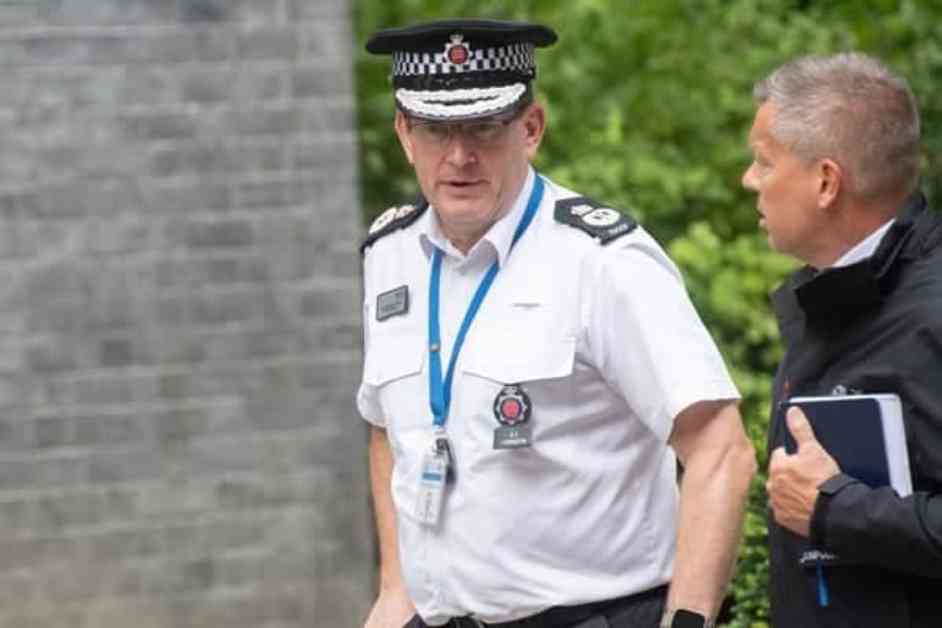Essex Police recently came under fire for their handling of a situation involving journalist Allison Pearson. The police visited Pearson’s home over a year-old tweet that was deemed a “non-crime hate incident.” This move by the police has raised concerns about the prioritization of policing efforts, with many believing that resources should be focused on more pressing issues such as burglaries and violent crimes.
The incident involving Pearson has sparked a debate about free speech and the role of the police in monitoring social media activity. Many critics, including politicians like Robert Jenrick and Nigel Farage, have condemned the actions of Essex Police, calling it an overreach and an infringement on free expression.
The response from various public figures, including former Prime Minister Boris Johnson and current Shadow Home Secretary Chris Philp, reflects a growing concern about the implications of targeting individuals for their online posts. The use of police resources to investigate old tweets has been criticized as a misuse of power and a distraction from more urgent law enforcement matters.
The incident has also reignited discussions about the boundaries of free speech in the digital age. With social media playing an increasingly prominent role in public discourse, questions about where to draw the line between protected speech and harmful content have become more complex. The case of Allison Pearson highlights the potential consequences of policing online speech and the need for clear guidelines on how to address such situations.
Overall, the situation with Essex Police and Allison Pearson underscores the importance of balancing law enforcement priorities with respect for individual rights and freedoms. As the debate continues, it is crucial for authorities to consider the broader implications of their actions and ensure that efforts to address online behavior are proportionate and in line with democratic values.












